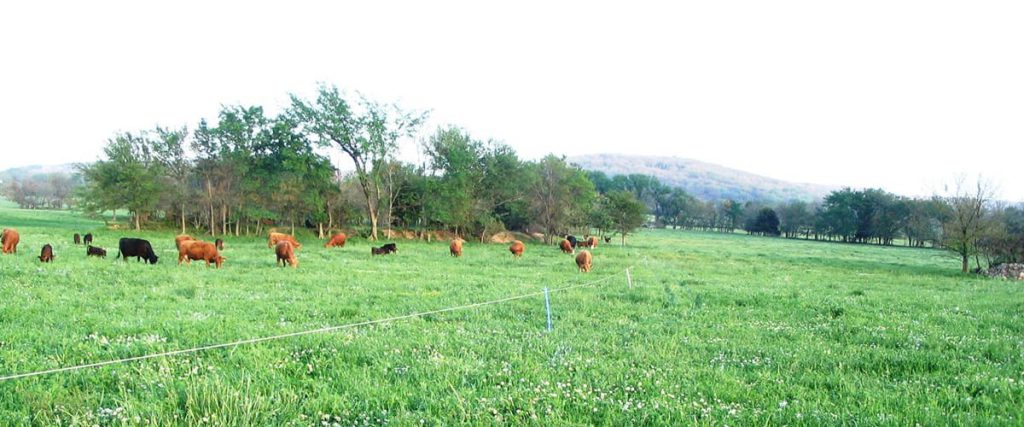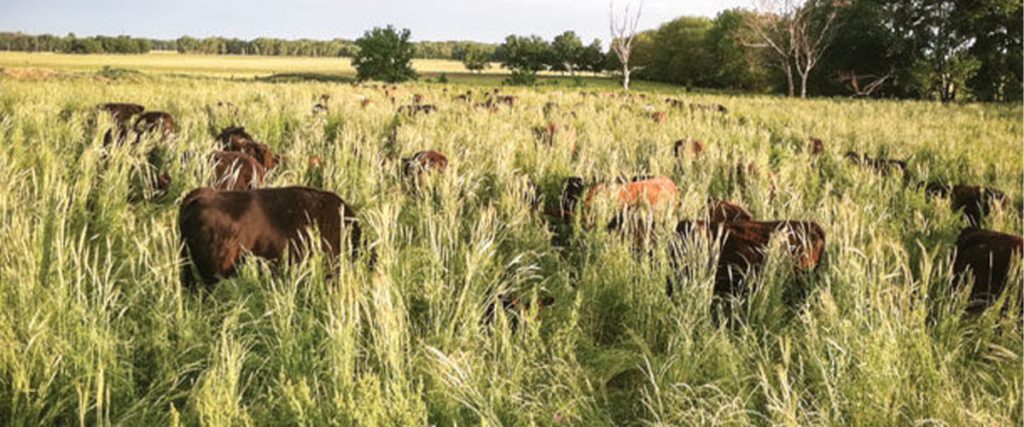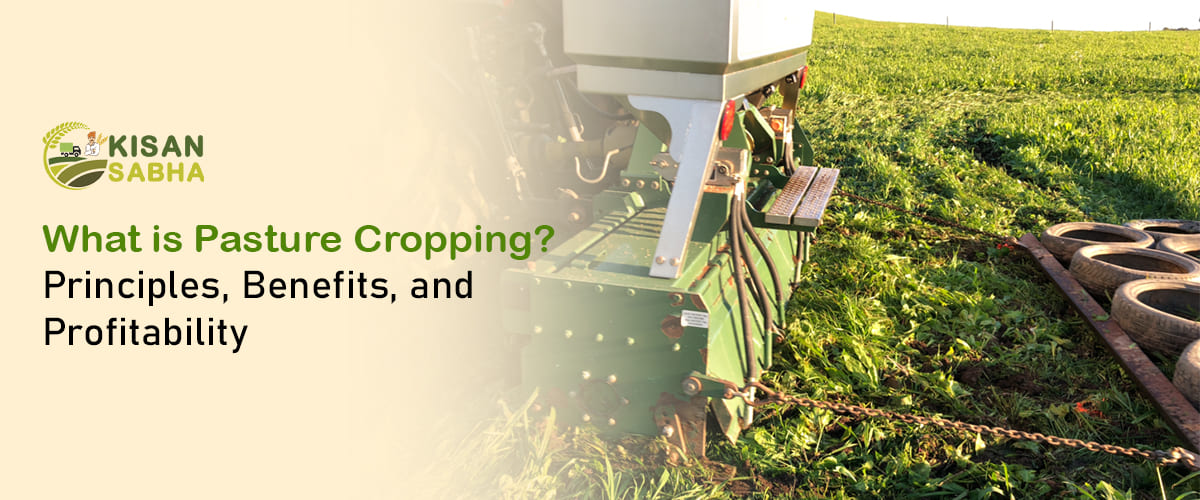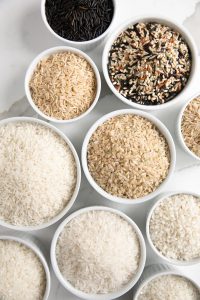In a world grappling with environmental degradation, soil erosion, and the negative impacts of conventional farming practices, regenerative agriculture has emerged as a beacon of hope. One such innovative and sustainable farming method gaining attention is pasture cropping. This approach offers a unique synergy between livestock and crop production, providing an opportunity for farmers to boost profitability while rejuvenating the land. In this article, we will explore the principles, benefits, and profitability of pasture cropping.
What is Pasture Cropping?
Pasture cropping is a regenerative farming technique that integrates both livestock grazing and crop production in the same field. The process involves planting crops directly into existing pasture or grasslands. The core idea is to nurture and regenerate the land while growing crops, all within the same ecosystem. This innovative approach stands in stark contrast to traditional farming practices, such as monoculture and continuous cropping, which have led to soil depletion and other environmental issues.
Principles of Pasture Cropping

- Integration of Livestock and Crops:- One of the fundamental principles of pasture cropping is the harmonious coexistence of crops and livestock within the same ecosystem. Livestock, such as cattle or sheep, graze on the pasture before and after the crop is sown. This integrated approach has several benefits, including natural fertilization and weed control.
- Minimal Soil Disturbance:- Unlike conventional farming, which often involves extensive soil plowing and tilling, they rely on minimal soil disturbance. This preserves soil structure and reduces erosion, thus maintaining the health and fertility of the land.
- Crop Selection:- The choice of crops in pasture cropping is crucial. Farmers typically select crops that are compatible with the existing pasture species and can thrive in a semi-shaded environment. Common choices include wheat, oats, and barley.
- Timing is Key:- Crops are sown directly into the pasture during a specific growth phase, usually in late winter or early spring. This timing allows the crops to take advantage of the nutrients released by the grazing livestock while avoiding competition for resources with the pasture.
Benefits of Pasture Cropping

- Enhanced Soil Health:- One of the most significant benefits of pasture cropping is its positive impact on soil health. By reducing soil disturbance and incorporating organic matter through livestock manure and crop residues, this approach fosters healthier, more resilient soils.
- Improved Biodiversity:- They promote biodiversity by preserving native grasses and forbs within the pasture. This diverse ecosystem not only supports a range of wildlife but also contributes to more balanced and sustainable agriculture.
- Natural Weed Control:- Grazing livestock helps control weeds by consuming and trampling them. This reduces the need for chemical herbicides, contributing to environmentally friendly farming.
- Increased Carbon Sequestration:- Maintaining existing pasture and incorporating organic matter into the soil, enhances carbon sequestration. This is a crucial element in mitigating climate change.
- Economic Viability:- While regenerative agriculture practices often require initial adjustments, pasture cropping can be profitable in the long run. The integrated livestock-crop system can lead to increased yields and reduced input costs, translating into better financial returns for farmers.
Also Read:- Millets: The Food Source of the Future and Their Characteristics
Profitability of Pasture Cropping
The profitability of pasture cropping lies in its ability to optimize resources, reduce input costs, and enhance yields. Here are key factors that contribute to the financial success of this regenerative farming method:
- Reduced Input Costs:- They reduce the need for synthetic fertilizers and pesticides. With the integration of livestock, nutrient cycling becomes more efficient. The manure produced by grazing animals acts as a natural fertilizer, enriching the soil with essential nutrients.
- Diverse Income Streams:- Farmers practicing pasture cropping often benefit from diverse income streams. Not only can they generate revenue from crop sales, but they can also profit from livestock production, such as meat, milk, or wool.
- Increased Yields:- The interplay between grazing livestock and crops can lead to improved crop yields. The nutrient-rich soil, reduced weed competition, and enhanced soil structure all contribute to more productive harvests.
- Risk Mitigation:- It can serve as a risk mitigation strategy. By diversifying their operations through both crops and livestock, farmers are less vulnerable to the uncertainties associated with either activity alone.
- Long-Term Sustainability:- As soil health is continually nurtured through pasture cropping, farmers can expect sustained productivity over the long term. This sustainable approach secures the viability of the land for future generations.
- Market Demand:- With the growing consumer demand for sustainable and regeneratively produced food, farmers who adopt pasture cropping may find their products in high demand. Therefore, this can translate to premium prices for their goods.
Conclusion
Pasture cropping represents a promising path towards profitable and regenerative agriculture. However, by harnessing the benefits of integrated livestock and crop production, this method enhances soil health, fosters biodiversity, and offers economic viability. Therefore, as the world grapples with the pressing need for sustainable and environmentally responsible farming practices, pasture cropping stands as a shining example of a brighter, more profitable future for agriculture.





